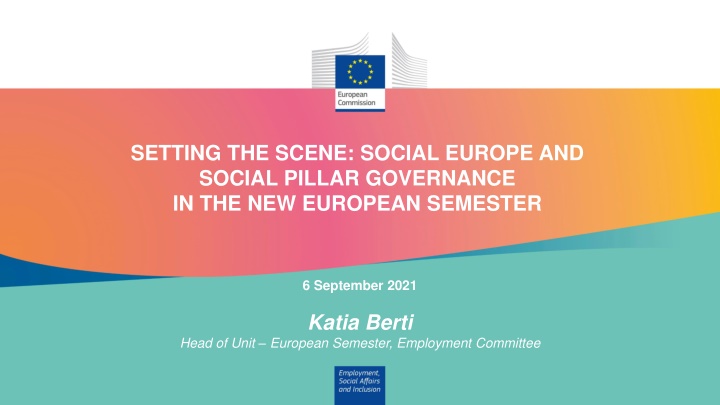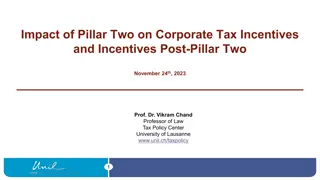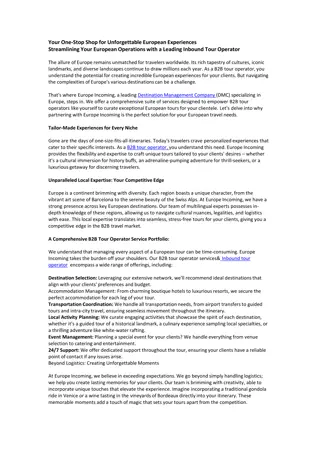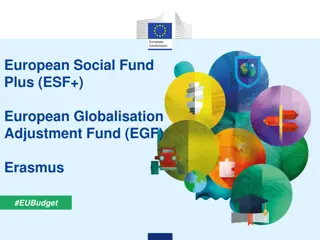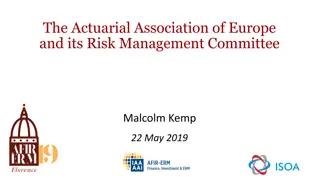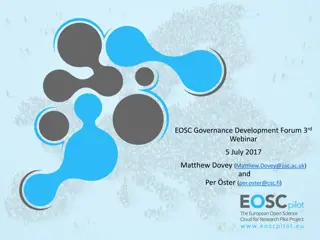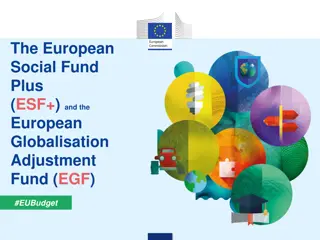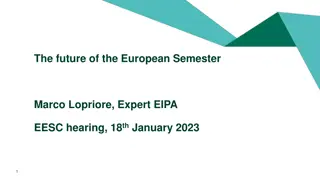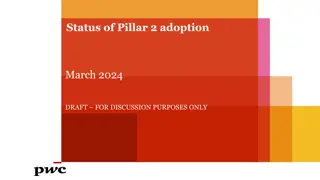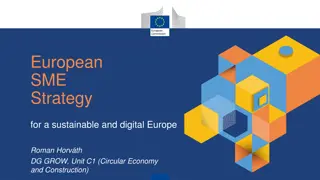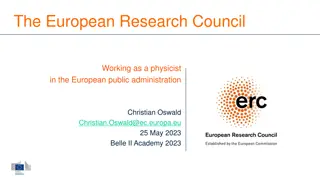Social Europe and Social Pillar Governance in the New European Semester
The dynamics of social governance in Europe under the New European Semester, with insights from Katia Berti, Head of Unit, European Semester and Employment Committee.
Download Presentation

Please find below an Image/Link to download the presentation.
The content on the website is provided AS IS for your information and personal use only. It may not be sold, licensed, or shared on other websites without obtaining consent from the author.If you encounter any issues during the download, it is possible that the publisher has removed the file from their server.
You are allowed to download the files provided on this website for personal or commercial use, subject to the condition that they are used lawfully. All files are the property of their respective owners.
The content on the website is provided AS IS for your information and personal use only. It may not be sold, licensed, or shared on other websites without obtaining consent from the author.
E N D
Presentation Transcript
SETTING THE SCENE: SOCIAL EUROPE AND SOCIAL PILLAR GOVERNANCE IN THE NEW EUROPEAN SEMESTER 6 September 2021 Katia Berti Head of Unit European Semester, Employment Committee
Outline 1) Social Pillar: governance in the European Semester 2) EU Headline targets for 2030and national targets 3) The Social Scoreboard as the monitoring tool
EPSR governance in the Semester European Semester: framework for economic, employment and social policy coordination (EPSR mainstreamed since 2018) EU headline targets to inform Semester narrative on reforms and investment in employment, skills and social domains Joint Employment Report 2022 (JER): strengthened focus on Pillar principles o Comprehensive monitoring via the revised Social Scoreboard MSs to report on Pillar implementation in their National Reform Programmes (NRPs) CSRs to guide Pillar implementation at national level, incl. via EU funding (RRF, ESF+, JTF..) 4
Semester governance, RRF & the EPSR RRPs to cover all or significant subset of challenges in relevant CSRs (2019-20) 40% of all CSRs relate to employment, skills and education, and social challenges Social spending (incl. health) in 25 MSs equivalent to around EUR 150bn, above 30% of the total financial envelope Both social reforms and investment covered key contribution to implement EPSR
EU headline and complementary targets At least 78% of the population aged 20 to 64 in employment by 2030 oAt least halve the gender employment gap compared to 2019 oIncrease the provision of formal early childhood education and care oDecrease the rate of young NEETs (aged 15-29) to 9% (from 13.7% in 2020) At least 60% of all adults (25-64) should participate in training every year by 2030 oAt least 80% of those aged 16-74 should have basic digital skills oEarly school leaving should be further reduced and participation in upper secondary education increased The number of people at risk of poverty or social exclusion should be reduced by at least 15 million by 2030 oAt least 5 million should be children 8
National targets: a shared commitment Commission EPSR Action Plan Social Partners Porto Social Commitment Member States EPSCO March 2021 May 2021 June 2021 9
National targets for 2030 from idea to action 2021, 22 July Cssr Schmit Letter to EPSCO ministers: calling to submit initial national targets proposals by mid- Sept 2021, 4 March EPSR Action Plan: proposed EU targets; MSs invited to set national targets 2021, 14 June EPSCO council: Cssr Schmit invited MSs to set national targets by early 2022 2021, 7-8 May Porto Declaration: EU Leaders welcomed EU targets Porto Social Commitment: called on MSs to set ambitious national targets as adequate contribution to EU targets 2021, 24-25 June European Council Conclusions: welcomed EU targets 10
National targets: where do we stand? Way forward Sep 2021: First proposals to be submitted by MSs. Sep - Dec 2021: Bilateral meetings COM-MSs; State of play presented in EMCO-SPC in November. Jan Mar 2022: Final targets submitted by MSs in January; Joint EMCO-SPC report submitted to EPSCO in March. 11
3. Monitoring the Social Pillar with the revised Social Scoreboard
The revised Social Scoreboard The revised Social Scoreboard: a more comprehensive monitoring of the20 Pillar principles All Pillar principles now covered, except two (7 and 8, Information about employment conditions and protection in case of dismissals and Social dialogue and involvement of workers ) 17 headline (and 31 secondary indicators) - choice of indicators based on criteria of parsimony, availability, comparability, and statistical robustness New indicators mostly already used in existing frameworks (Joint Assessment Framework, SDG monitoring, European Skills Agenda ) All headline indicators endorsed by the 14 June 2021 EPSCO Discussion on possible secondary indicators ongoing 13
A revised Social Scoreboard: headline indicators Adult Share of early leavers from education and training Individuals level of digital skills Income quintile ratio (S80/S20) participation in learning during the last 12 months** Equal Youth NEET rate (15-29) Gender opportunities employment gap Fair working conditions Employment rate Unemployment rate Long-term unemployment rate GDHI per capita growth Impact of social transfers on poverty reduction Children aged less than 3 years in formal childcare At risk of poverty or social exclusion rate (AROPE) At-risk-of- poverty rate or exclusion for children (0-17)** Self reported unmet need for medical care Social Disability employment gap** Housing cost overburden** protection and inclusion ** New indicator compared to 2017 Scoreboard 14
A revised Social Scoreboard: COM proposal for secondary indicators Participation of low-qualified adults in learning** Gender gap in part-time employment Tertiary education attainment Equal Share of unemployed adults with a recent learning experience** Gender pay gap in unadjusted form Underachievement in education (including in digital skills**) opportunities Gap in underachievement between the bottom and top quarter of the socio- economic index (PISA)** Income share of the bottom 40% earners (SDG)** Employment in current job by duration Fatal accidents at work per 100,000 workers (SDG)** Activity rate Fair working conditions Transition rates from temporary to permanent contracts Youth unemployment rate In-work-at-risk-of-poverty rate Share of involuntary temporary employees** Children from age 3 to mandatory primary school age in formal childcare** At-risk-of-poverty rate Coverage of long-term care needs** Median at-risk of poverty gap** Severe material and social deprivation rate Aggregate replacement ratio for pensions Benefit recipients rate** Out-of-pocket expenditure on healthcare Social protection and inclusion Total social expenditure by function (% of GDP): Social protection, healthcare, education, long-term care** Persons living in a household with a very low work intensity Share of the population unable to keep home adequately warm** Healthy life years at age 65: Women and men Severe housing deprivation (owner and tenant) Connectivity dimension of the Digital Economy and Society Index Coverage of unemployment benefits** Standardised preventable and treatable mortality (SDG)** ** New indicator compared to 2017 Scoreboard 15
